PHOTOS: New Rijeka Urban Parks Just One Lasting Legacy of ECoC 2020
January 27, 2021 – Rising sharply up into the foothills, little space in the expansion of Rijeka was left for green and community recreation areas. New Rijeka urban parks address the issue and are just one lasting legacy of ECoC 2020
The preparations for Rijeka European Capital of Culture 2020 were years in the making. Community consultations and contributions for every aspect of the arts, each venue and city institution put their enthusiasm behind the project. And that's without even mentioning all the international contributors whose work was commissioned. It really did feel like the whole city had come together to show the best of themselves in Rijeka's special year. Except, 2020 turned out to be special for all the wrong reasons.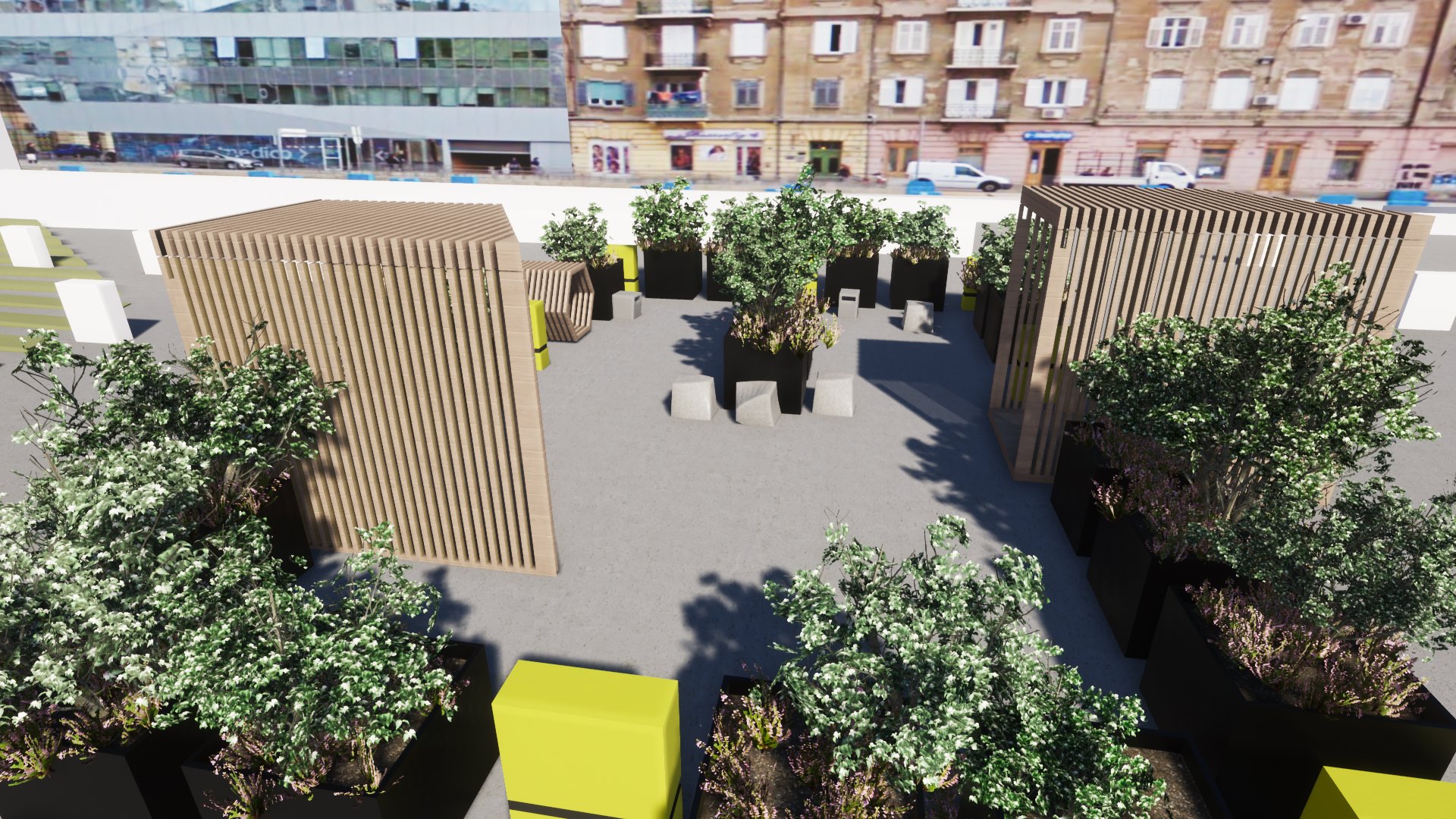
European authorities granted the European Capital of Culture status to Rijeka for extra months in order to allow them to complete some programs halted by the pandemic. Not that it much helped increase the footfall the vast project was meant to attract to the Kvarner capital's streets. Instead, the streets lay bereft of guests, visited only by Rijeka residents. But, that's not such a bad thing.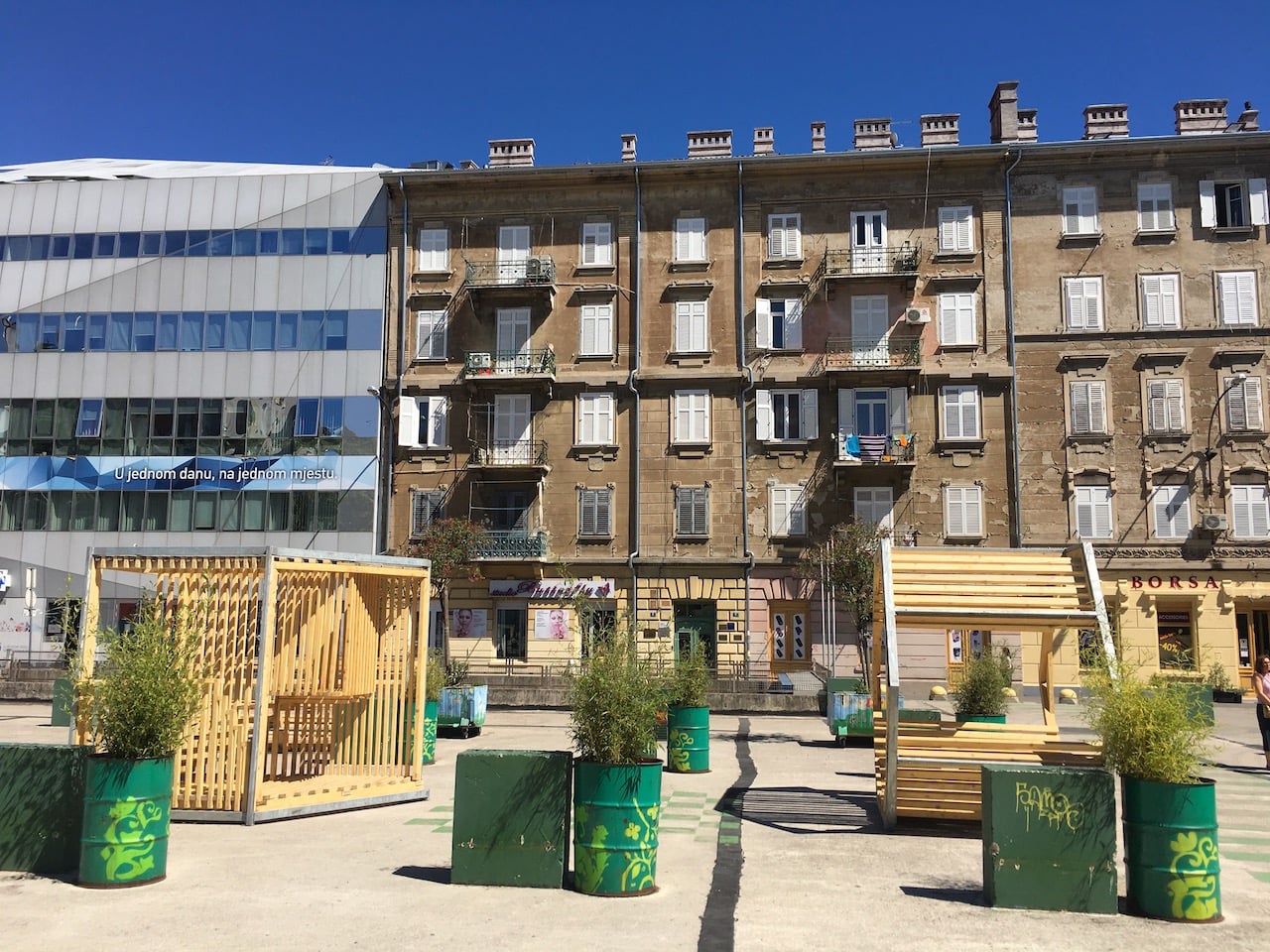
The Capital of Culture has never been awarded solely to help a city attract visitors. Nor is it ever intended to make its mark over just one year. A lasting legacy for the city's current and future residents is perhaps the most essential element of the event. And, though crippled by Corona, Rijeka European Capital of Culture 2020 is staying true to its promise to do so. New Rijeka urban parks and public recreation areas are just some of the benefits ECoC 2020 will leave behind.
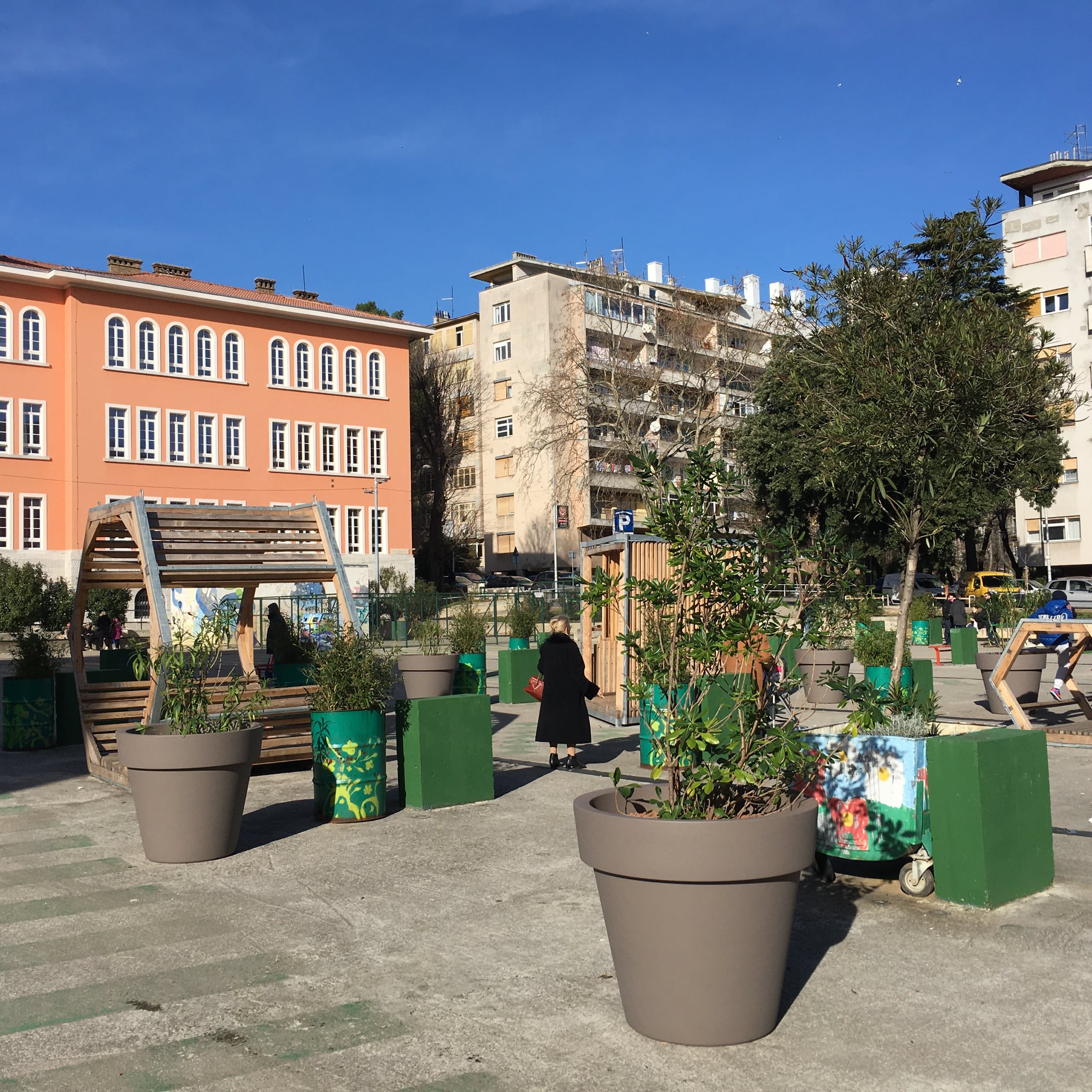
Rijeka is a great city. But, it's a weird place. An anomaly on the Croatian coast, it boasts none of the quaint olde worlde architecture you usually find around the Mediterranean, Croatia included. It's grand Austro-Hungarian facades and palaces are much more like the Croatian capital. Behind them the city rises sharply up into the foothills, modern residential blocks shooting skywards and peering over the centre below. As Rijeka has grown like moss up this hillside, little room has been left for greenery and areas of recreation. Goodness knows, the best spot you might find for a picnic in Rijeka is the cemetery! (Kozala – actually, as far as places full of dead people go, it's actually very nice)
The new Rijeka urban parks try to address the imbalance of work to recreation space city residents have. While it may not be possible to create a vast landscape of lawns and a forest of trees in the city centre, the new Rijeka urban parks and public areas look to use modern solutions and the places they have, to create spaces where everyone can socialise, play, relax or meet up.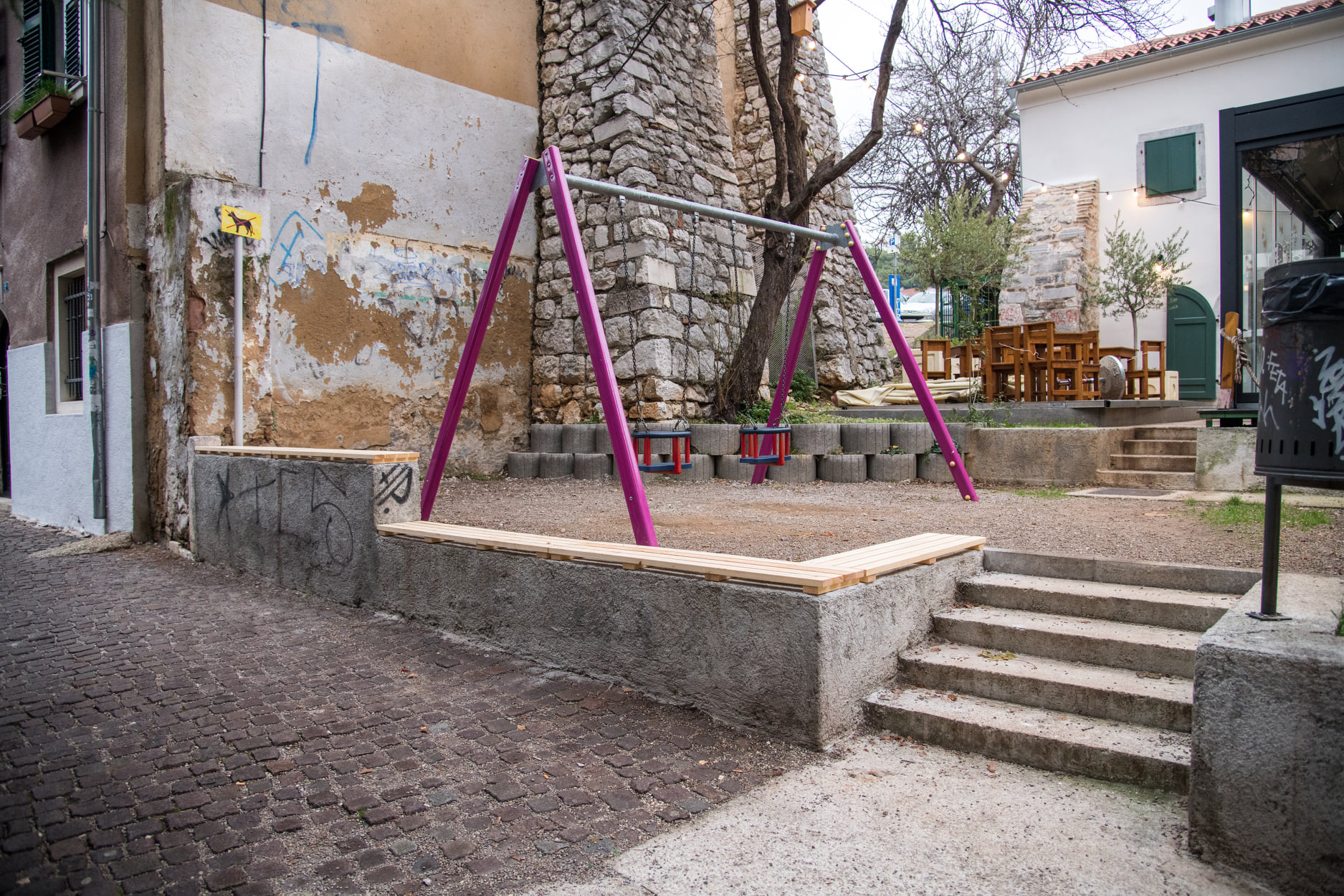
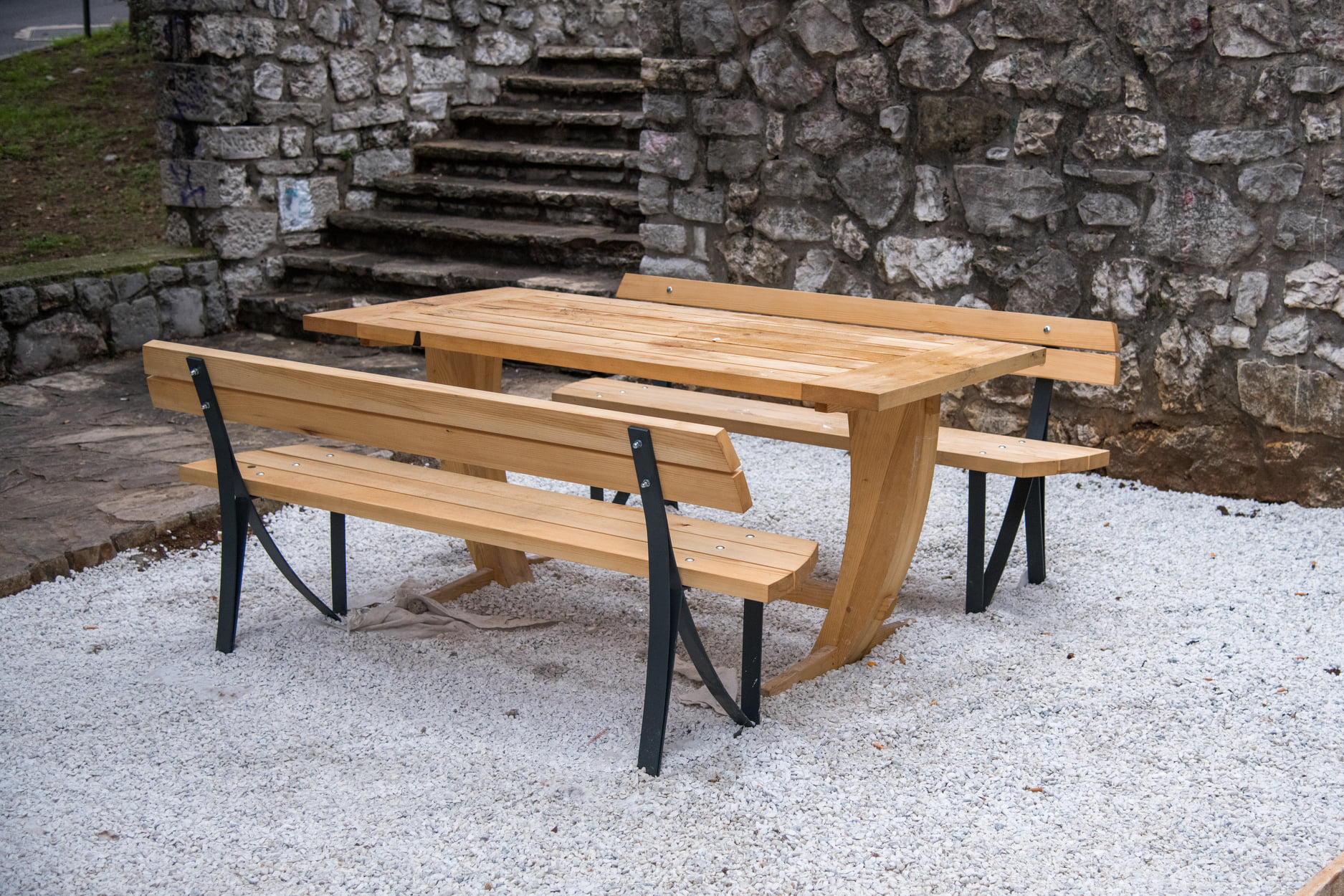
Under several different programs within European Capital of Culture 2020, members of the Association for the Promotion of the Quality of Urban Life 'Urbani separe' worked on the new Rijeka urban parks in July 2020 and again between December 2020 and January 2021. In a relatively short space of time, we think they've done a great job.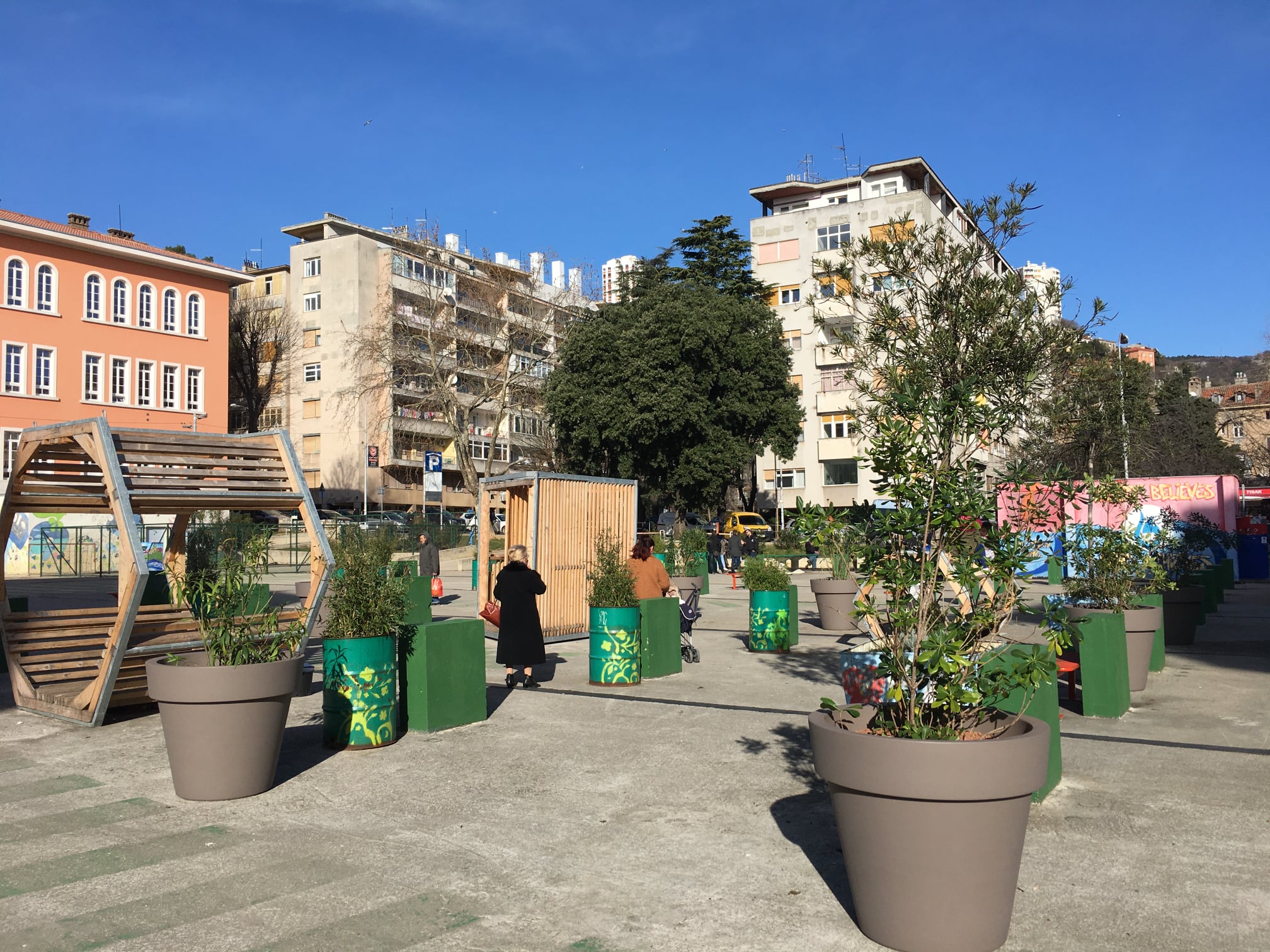
All images © Urbani separe / Rijeka 2020
Marija Ruzicka Strozzi Park: Zagreb Savica Park Future Secured By Renaming
November 6, 2020 – With its renaming as Marija Ruzicka Strozzi Park, the much-loved area of neighbourhood greenery has secured its future. We look at the internationally-famous actress, Marija Ruzicka Strozzi, who lends the park her name
The Zagreb neighbourhood of Trnjanska Savica is not without greenery. Sitting next to Novi Zagreb, it shares some of the same functional, socialist architecture and town planning. Thus, the larger apartment buildings in its east all lie on pretty, tree-lined avenues, as do the smaller residential properties in its west. More commonly referred to as simply Savica, the hood's southerly border is the great Sava river. Residents stroll or walk their dogs along its banks. Savica is a nice place to live.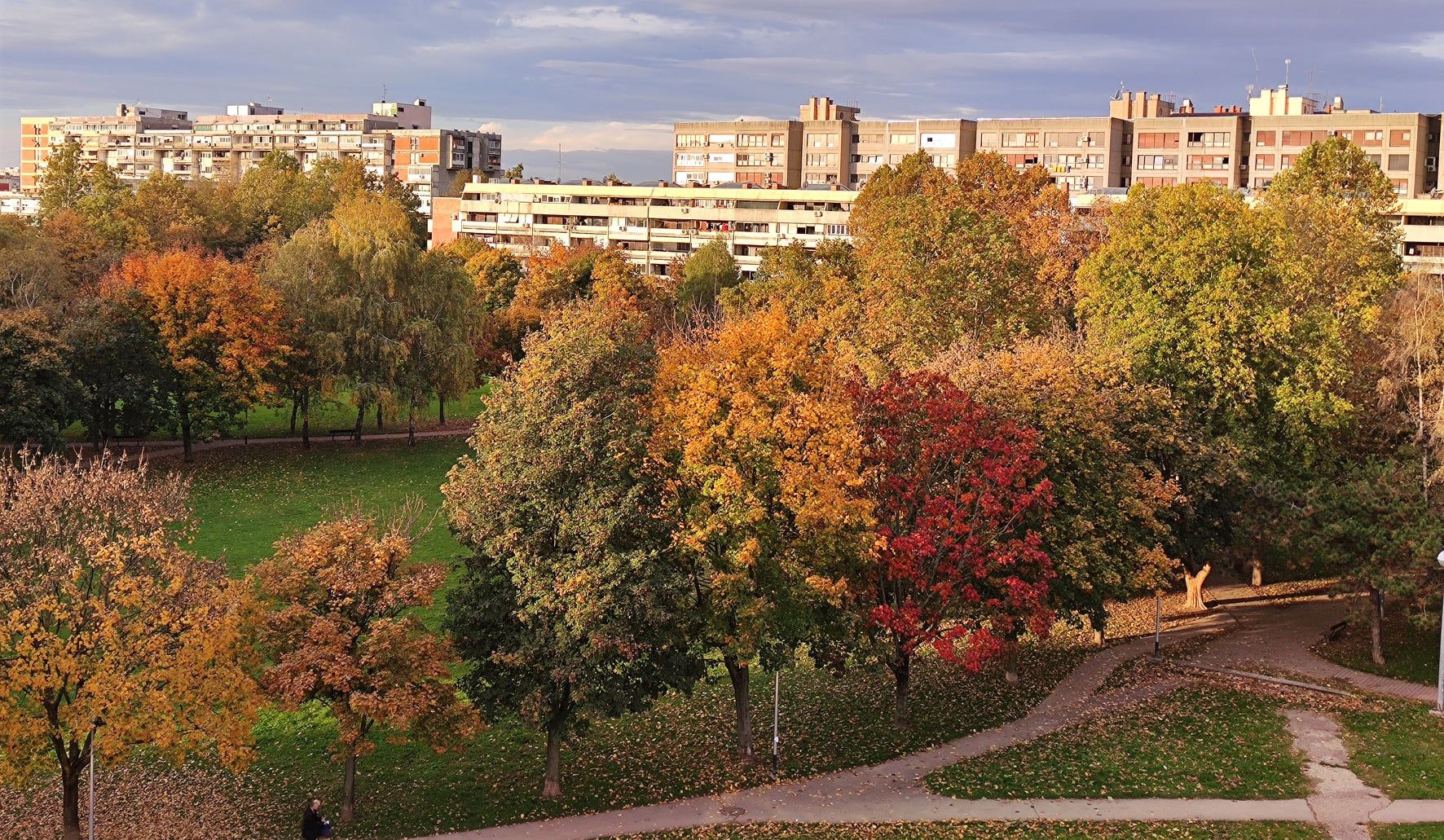 Marija Ruzicka Strozzi Park, Savica, Zagreb in all its autumnal glory
Marija Ruzicka Strozzi Park, Savica, Zagreb in all its autumnal glory
When dog walkers, riverbank runners and Savica residents with a south-facing balcony look across the Sava, their vista is filled with the great expanse of Bundek Park. It is the largest city park south of the river. Savica's own park is smaller, less spectacular. But, by the people who live here, it is no less loved. Watched over by protecting residents, the park this looks to have secured its future with its official renaming as Marija Ruzicka Strozzi Park.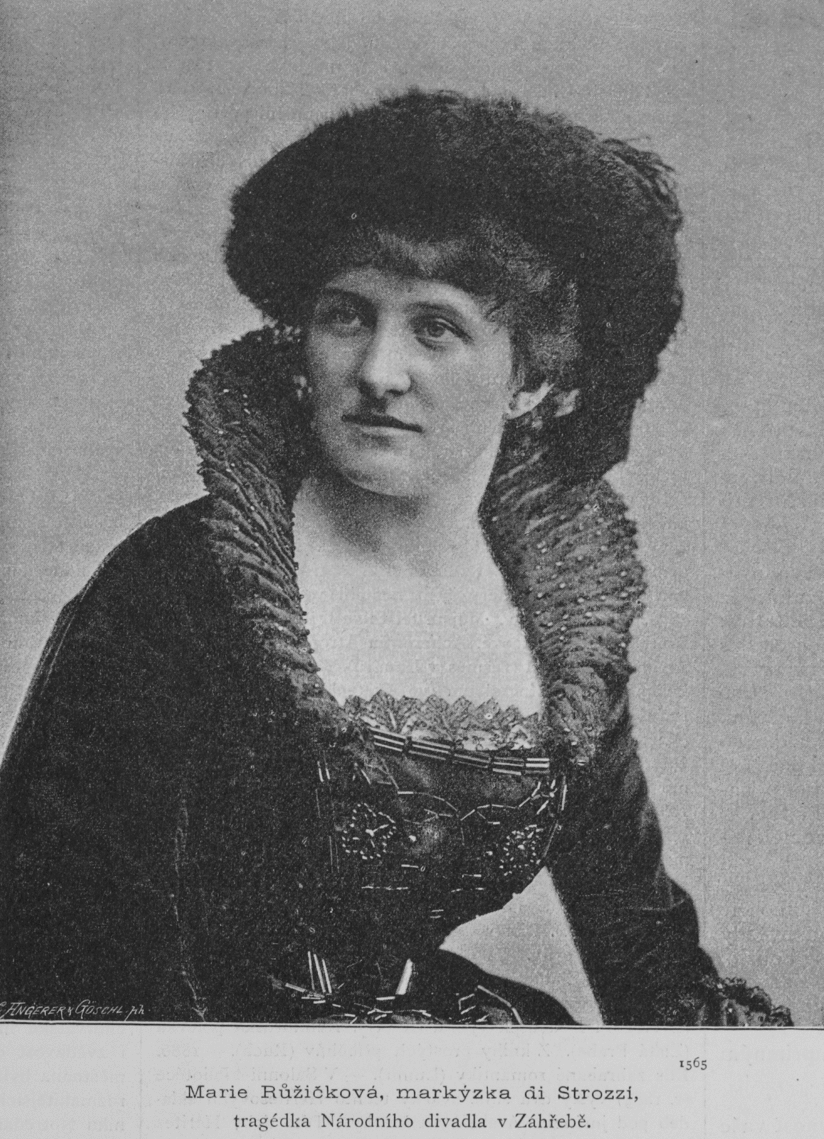 © Institute of Czech Literarture
© Institute of Czech Literarture
Today, the name of Marija Ruzicka Strozzi is heard much less frequently than it was at the height of her fame, towards the end of the 19th century and the beginning of the next. But, back then, it was a name known across the whole of Europe. One of the pre-eminent actresses of her generation, this Zagreb resident was described by the most-widely read Parisian weekly newspaper of the time as the greatest tragedy performer in all of the Slavic South. She gave celebrated performances in Brno, Prague, Sofia, Ljubljana, Sarajevo, Mostar, Cetinje, Belgrade, Nis, Kragujevac and was such an integral part of the theatre in her home city of Zagreb, that she is the only performer ever to have had their statue placed within the Croatian National Theatre Zagreb during their own lifetime.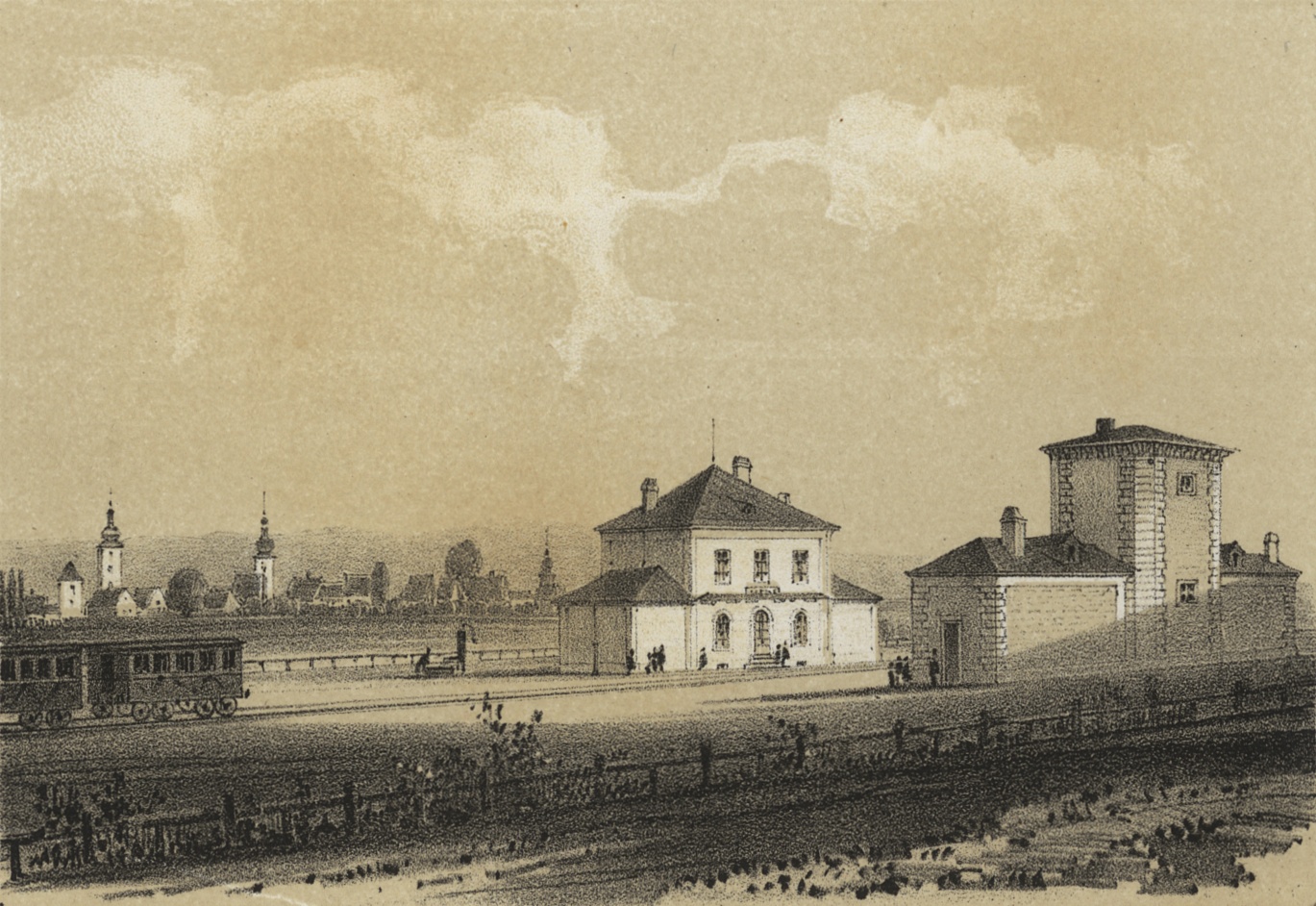 Litovel in today's Czech Republic, painted in 1845, just five years before the birth of Marija. It was then part of the Austrian Empire, whose state railway is here depicted © Ludwig Förster (1798-1863), Amédée Demarteau - FÖRSTER, Ludwig.
Litovel in today's Czech Republic, painted in 1845, just five years before the birth of Marija. It was then part of the Austrian Empire, whose state railway is here depicted © Ludwig Förster (1798-1863), Amédée Demarteau - FÖRSTER, Ludwig.
Marija Ruzicka Strozzi was born in 1850 in the Moravian town of Litovel, then part of the Austrian Empire, today within the Czech Republic. So pleased was he at his daughter's birth that Marija's musician father, Leopold Ruzicka, went to the local inn to celebrate. There, he met fellow Moravian Josip Freudenreich. It was a chance encounter - Freudenreich was only visiting, his current place of residence was Zagreb where he was an actor with the city theatre. The two struck up a friendship over several days and Freudenreich was happy to recommend his friend to the theatre director for a role with their orchestra. Aged just four months, Marija Ruzicka Strozzi and her family moved to Zagreb.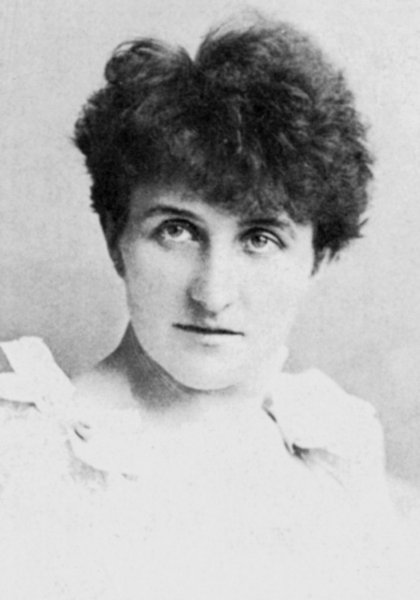
Leopold served four years in the orchestra of the Zagreb theatre but, struggling to feed the family on a musician's wage, he opted to accept the offer of a clerk's position in Varaždinske Toplice. The family moved there, but after Marija finished high school and following the tragic death of Leopold aged just 30, her mother took Marija back to Zagreb and enrolled her in a Catholic German high school.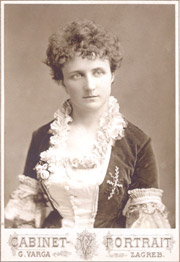
Marija had begun singing and acting as a child and continued to do so at convent ceremonies. In 1865, her mother sent Maria on a singing course at Zagreb's Music Institute where she was marked as potential for the Vienna Conservatory. Sadly, Marija damaged her voice, ending the opportunity. However, luck would visit the Ruzicka family for a second time in the form of Josip Freudenreich. By 1867, Freudenreich was himself manager of the Zagreb theatre and invited Marija to audition. She made her debut on January 2 the following year, commencing the longest-running career of any actress from the region. She spent almost 70 years playing around six hundred roles over several thousand performances.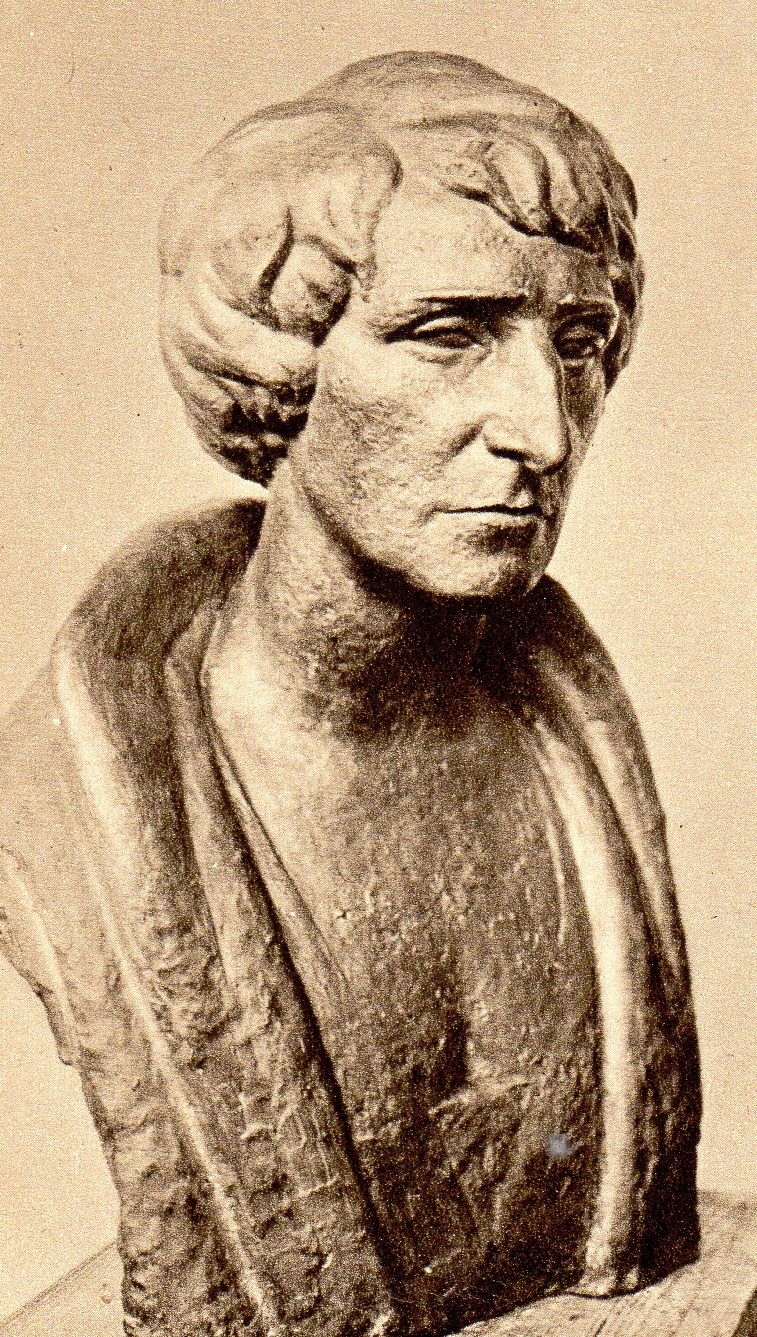 One of the statues of Marija that can be seen at the Croatian National Theatre Zagreb
One of the statues of Marija that can be seen at the Croatian National Theatre Zagreb
In addition to the German language, Marija began learning French as a young actress to give her a better perspective on the texts and roles she learned. Of course, she also spoke Croatian and mostly performed using this language, even under threat of violence (Italian nationalists in Zadar warned her against using her mother tongue on the city theatre stage - she ignored them).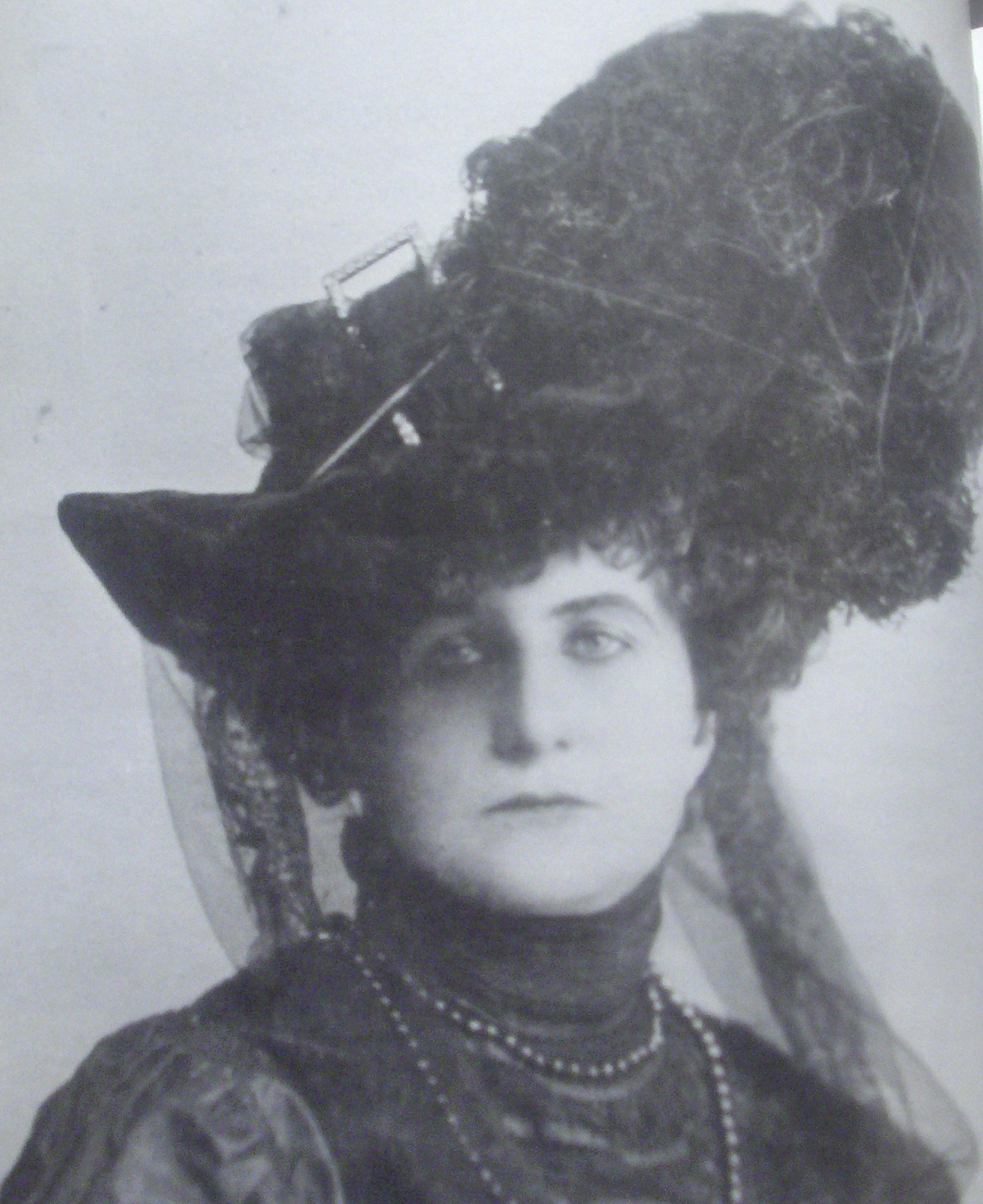 This picture of Marija was the source for a commemorative stamp issued by the Croatian Post
This picture of Marija was the source for a commemorative stamp issued by the Croatian Post
Marija spent all of her life in Zagreb, except for a small period in 1878 when she appeared as a guest star in Vienna while Zagreb performers were on strike. So delighted were the Vienna Burgtheater with her performance that they offered Marija a permanent position. She turned them down, recounting afterward in her diary “My life is hard, but I would never leave Zagreb. I am here and I stay here even though I and my children are in trouble, especially in the winter in a cold room when I learn roles at night.”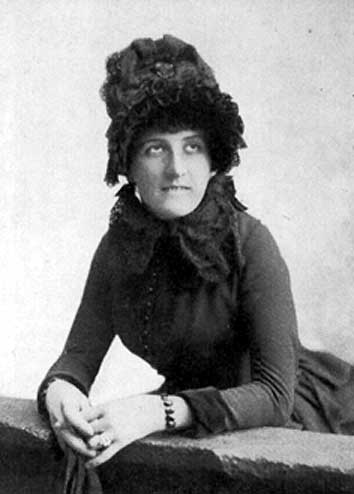
At the beginning of her career, Marija Ruzicka met Ferdinand Strozzi and married him in 1871. They had eight children together, Marija wrapping herself in corsets in order to continue performing while pregnant. Sadly, only three of her children survived, but two of them made a significant mark on Croatian culture. Marija's daughter Maja Strozzi Pečić was a world-famous opera singer and her son Tito Strozzi was a prominent actor and theatre director. Subsequently, Maja Strozzi gave birth to a son, Boris Papandopulo who would become a renowned composer, and the granddaughter of Tito Strozzi and his wife, actress Eliza Gerner, is the actress Dora Fišter Toš. Sadly, in 1905 Ferdinand Strozzi died during a visit to Sofia. At his funeral, Ferdinand's son Tito walked behind his father's coffin alongside Miroslav Krleža, the two thirteen years olds inseparable as best friends. Vlaho Bukovac's Illyrian Revival curtain for the Croatian National Theatre Zagreb in which Marija is depicted © Croatian National Theatre Zagreb
Vlaho Bukovac's Illyrian Revival curtain for the Croatian National Theatre Zagreb in which Marija is depicted © Croatian National Theatre Zagreb
Marija Ruzicka Strozzi spent an uninterrupted 68 years as a leading actor. By 1896 she had been recognised as such a significant talent that she was depicted by famous Croatian artist Vlaho Bukovac on his Illyrian Revival curtain for the Croatian National Theatre Zagreb. In 1918, she was celebrated at the theatre on the 50th anniversary of her career and again in 1928 on the 60th. On the 65th anniversary of her work, she received a statue in the Croatian National Theatre, where today you can find two statues of Marija Ruzicka Strozzi. She played her final roles in 1936 in Tolstoy's Resurrection and in Border Guards, often regarded as the first Croatian folk play - it had been written back in 1856 by the old Ruzicka family friend, Josip Freudenreich.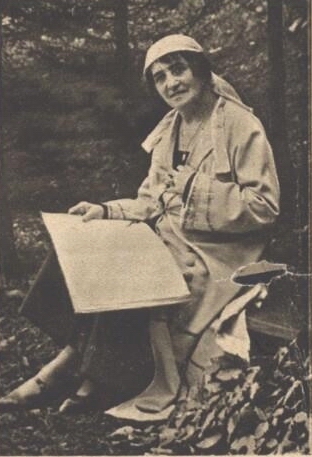
Marija pictured in 1928
Marija Ruzicka Strozzi died on 27 September 1937. Having made such a significant contribution to the culture of Zagreb over so many years, her funeral procession from the Croatian National Theater to Mirogoj cemetery drew thousands. Although her son Tito Strozzi and her grandson Boris Papandopulo already have streets named after them, it is not until the naming of the Savica park that Marija Ruzicka Strozzi has been recognised in her home city with the assigning of her name to a public place.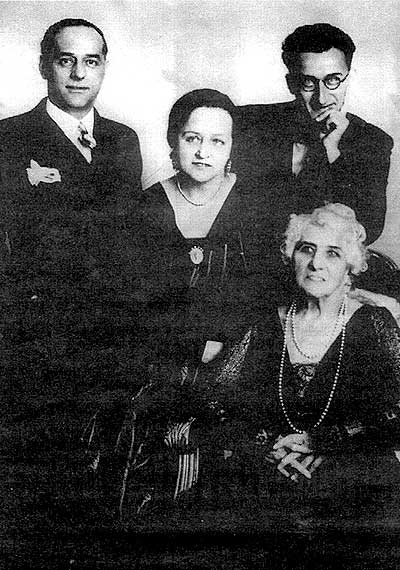
Marija and her children
In doing so, Zagreb not only pays tribute to one of the greatest acting talents ever to have come from the city, but it also safeguards the future of the Savica neighbourhood's central park. For generations to come, families and children will enjoy its greenery and learn the name of the great Marija Ruzicka Strozzi.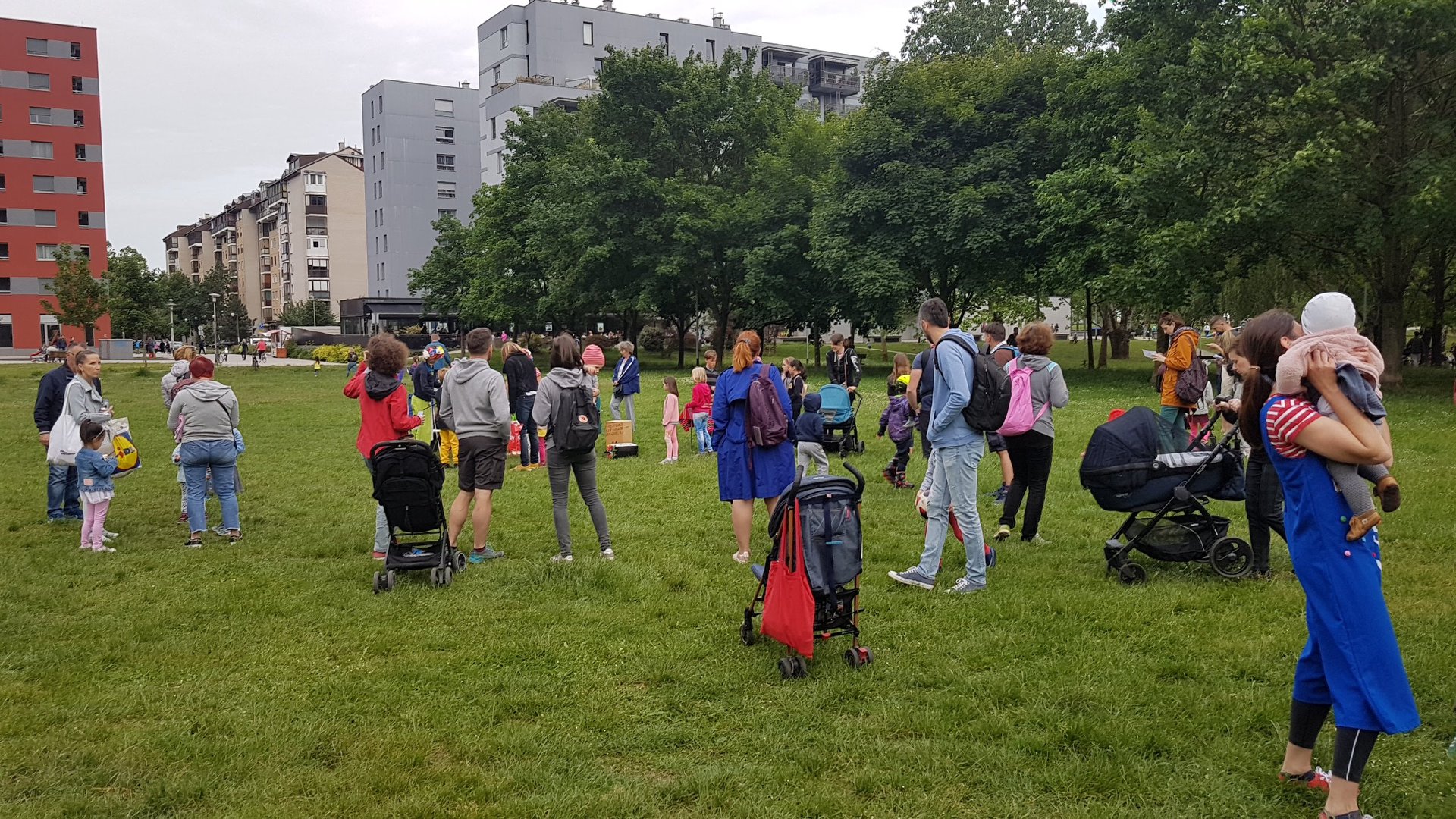 Marija Ruzicka Strozzi park is a popular place for recreation, social activities and meeting for all ages of Savica residents and their guests
Marija Ruzicka Strozzi park is a popular place for recreation, social activities and meeting for all ages of Savica residents and their guests
All colour photographs © Savica za Park, all uncredited photographs lie within the public domain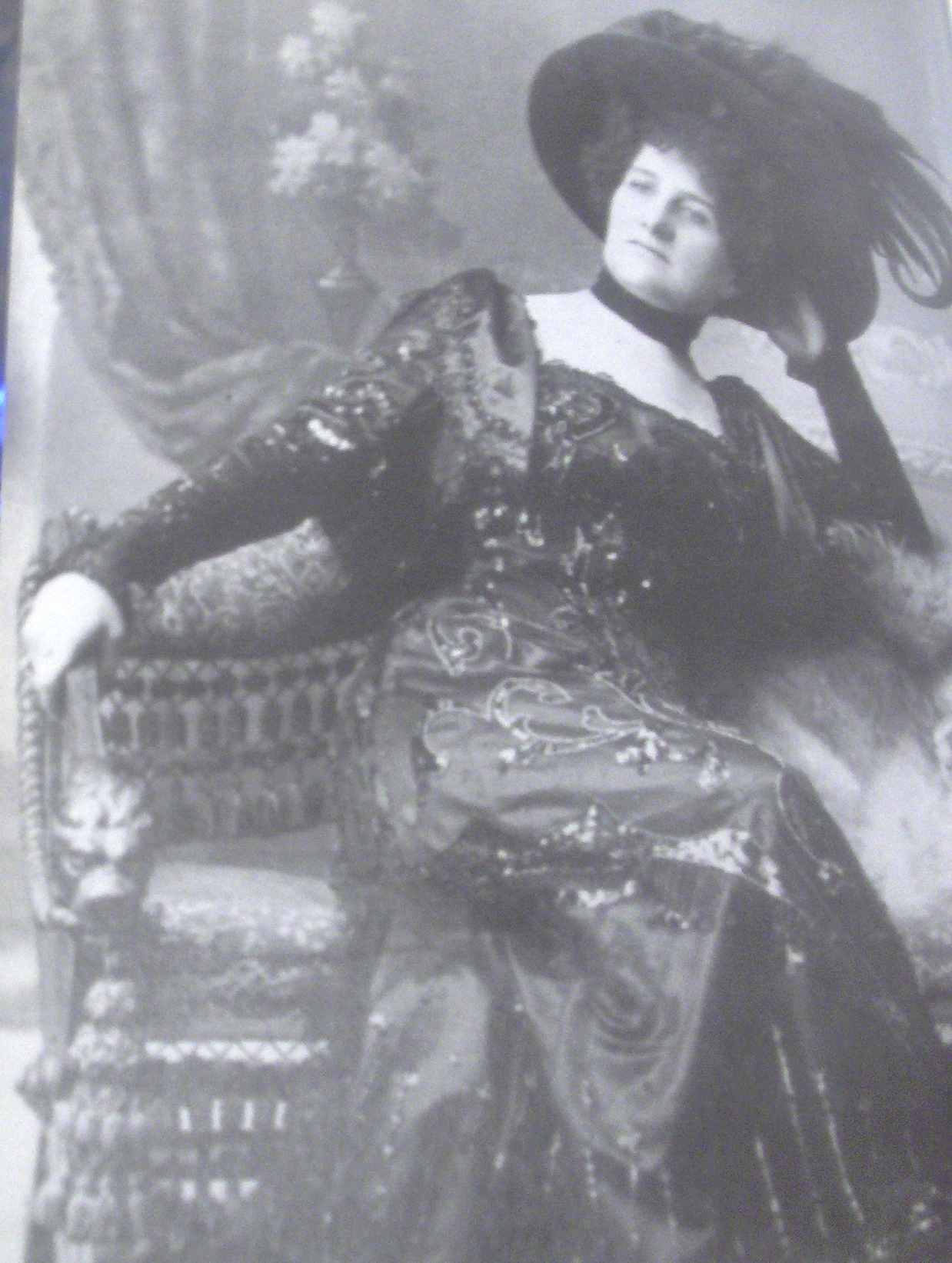
For the latest travel info, bookmark our main travel info article, which is updated daily.
Read the Croatian Travel Update in your language - now available in 24 languages
City of Varazdin Gets Croatia's First Community Orchard
October 27, 2020 – The City of Varazdin is planting Croatia's first community orchard – the space will bring together residents of all ages, provide free fruits and play a role in educating about organic produce and cultivation
The first community orchard in this part of Europe is being built in Varazdin. The community orchard will be situated to the west of the city centre, in the Haller alley, just behind the city cemetery. In the first phase, some 250 trees will be planted and be accessible to the public.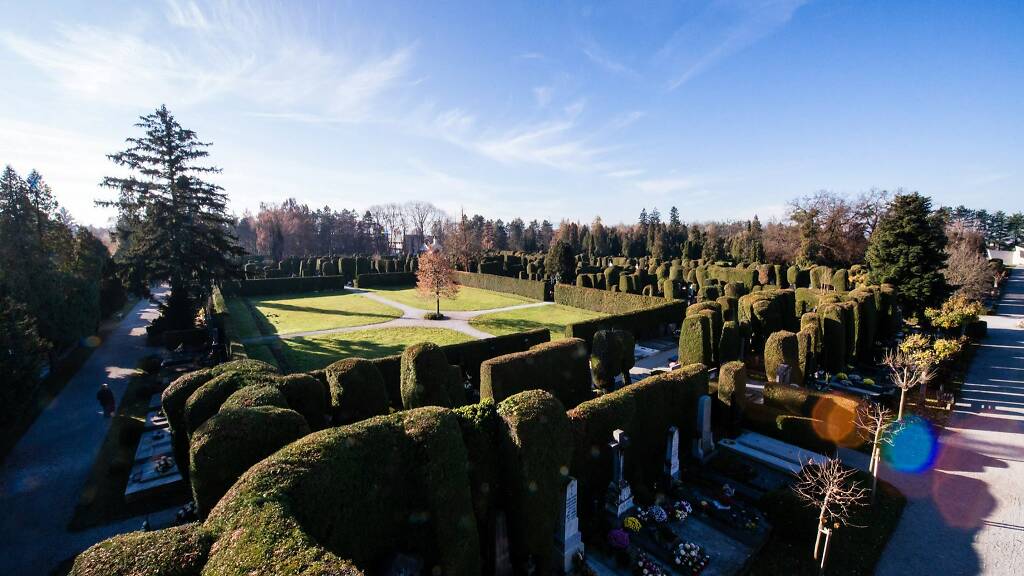 Beautifully landscaped in the early 1900s by Herman Haller, the City of Varazdin cemetery is one of its best gardens. It contains works by internationally recognised Croatian sculptors Antun Augustinčić and Roberto Frangeš-Mihanović. Frangeš-Mihanović is responsible for the very famous statue of King Tomislav which faces the main train station in Zagreb. The Varazdin community orchard will be located in Haller's alley, just behind the cemetery © Parkovi d.d. Varaždin
Beautifully landscaped in the early 1900s by Herman Haller, the City of Varazdin cemetery is one of its best gardens. It contains works by internationally recognised Croatian sculptors Antun Augustinčić and Roberto Frangeš-Mihanović. Frangeš-Mihanović is responsible for the very famous statue of King Tomislav which faces the main train station in Zagreb. The Varazdin community orchard will be located in Haller's alley, just behind the cemetery © Parkovi d.d. Varaždin
A community orchard, sometimes known as a public orchard, is an increasingly popular use of public land in some areas of western Europe and North America. They are an asset shared by a community and not managed for personal or business profit.
A community orchard has many benefits - it increases community access to healthy, organic fruit, it teaches young people about food, organic produce, agriculture and cultivation and it allows ordinary people to develop cultivation skills. This is particularly useful to those who themselves own no land for growing. They also increase co-operation and inter-generational socialising within a community and can be made into focal points for community activities. St Ann's Community orchard in Nottinghamshire, England © Clem Rutter, Rochester, Kent. (www.clemrutter.net)
St Ann's Community orchard in Nottinghamshire, England © Clem Rutter, Rochester, Kent. (www.clemrutter.net)
However, community orchards are not always met with universal approval. Interest in community gardening and cultivation schemes can wane over time, especially if they are started without authorisation. The burden of taking care of such projects then falls on city authorities.
Thankfully, any objections to this brilliant idea in Varazdin have been removed – the Varazdin community orchard will be taken care of by the city's own parks authority. They will decide on which particular fruits and trees are to be planted. Anyone from the community can come and help themselves.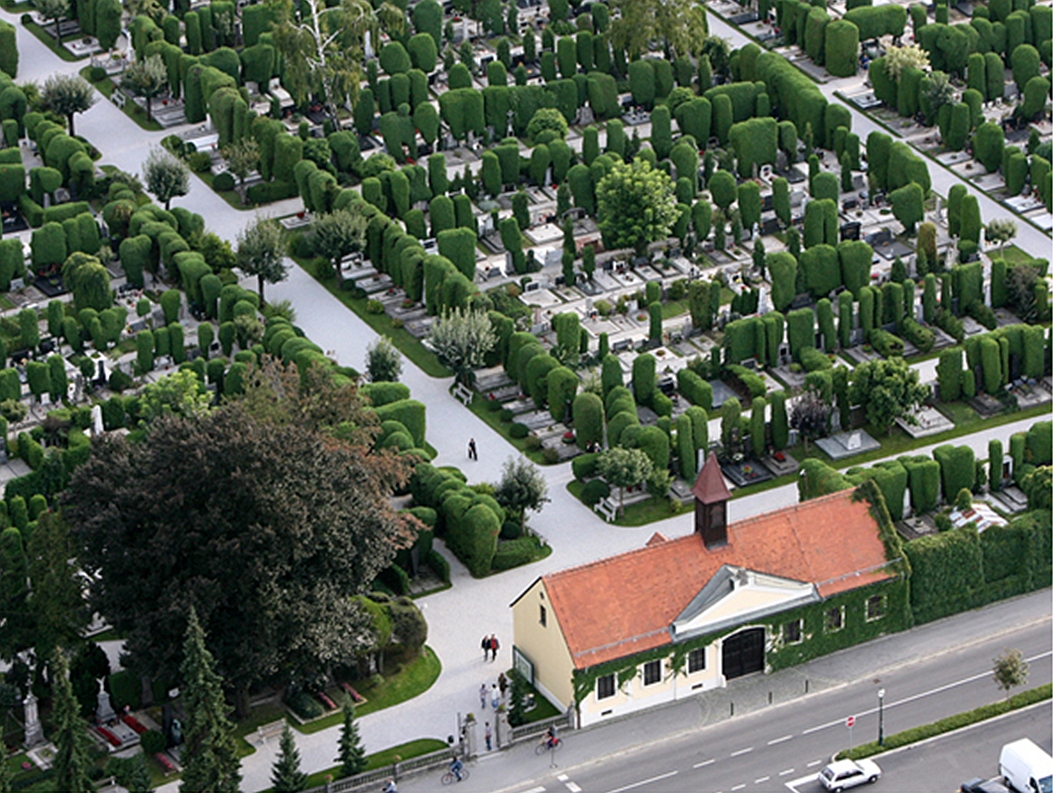 City of Varazdin cemetery, behind which the community orchard will be placed © Turistička zajednica grada Varaždina
City of Varazdin cemetery, behind which the community orchard will be placed © Turistička zajednica grada Varaždina
Low-lying fruit trees and berries are often chosen for community orchards. Their height level means they are not out of reach for youngsters who are being educated in such areas, and harvest is made safer, easier and more accessible to all age ranges.
The community orchard in Varazdin will be arranged in expanding circles. The first planted trees are expected to bear their first fruits within just a few years. Some residents of Croatia might be of the opinion that their communities already have a community orchard. However, taking fruit from a neighbours trees, even if granted permission to do so, is something different to a community orchard, in which access to pick fruit is opened to the general public at any time, not just community members and with no prior agreement necessary. Stealing fruit from your neighbour's trees and bushes is certainly not comparable to a community orchard.
For the latest travel info, bookmark our main travel info article, which is updated daily.
Read the Croatian Travel Update in your language - now available in 24 languages
Papuk Nature Park Now Open for Accommodations with Eco Friendly Holiday Camp
The Duboka holiday camp, which is located in the Papuk Nature Park, is now taking visitors!


